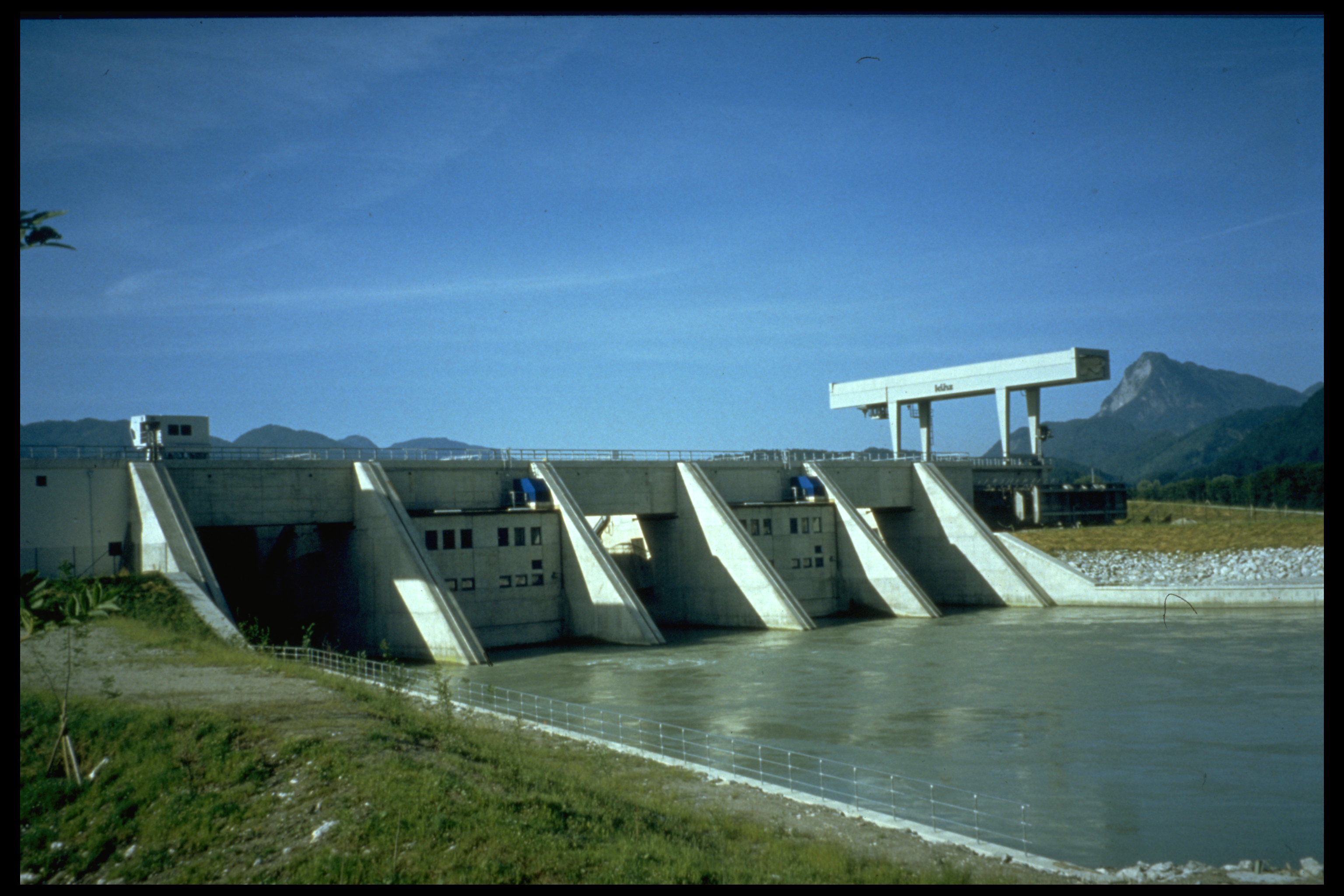UNIFYING THE VOICES OF HYDROPOWER
Hydropower: Tapping into centuries of potential energy generation
Hydropower has a rich history dating back centuries, with Greeks using waterwheels to grind wheat. Today, we continue to harness the power of moving water to generate electricity, albeit with upgraded systems. Hydropower is considered "firm, dispatchable, clean electricity" as it produces minimal air pollution and greenhouse gas emissions, although damming rivers does have some environmental impacts. However, hydropower acts as a reliable water battery, providing electricity whenever needed, complementing other intermittent renewable sources like wind and solar.
The changing climate directly affects hydropower due to shifts in rainfall patterns. Water is not just important for cooling fossil fuel and nuclear power plants; it is the fuel for hydropower. Without an adequate water supply, the generation of hydropower becomes challenging. Nonetheless, there are exciting innovations and investments in harnessing energy from oceans through tidal and wave power. Additionally, advancements in pumped storage technology, such as utilizing abandoned mines as reservoirs, offer new possibilities for storing and releasing water to generate electricity.
As we explore these diverse ways to utilize water resources, both on land and in the oceans, hydropower continues to evolve and adapt. The ongoing development of innovative technologies and alternative approaches ensures that hydropower remains a significant contributor to our clean energy transition and helps us meet the challenges posed by a changing climate.
Read the complete news by Brightly: Watt’s Up With Hydropower? How We Can Harness Nature’s Energy Source for a Greener Future - Brightly

